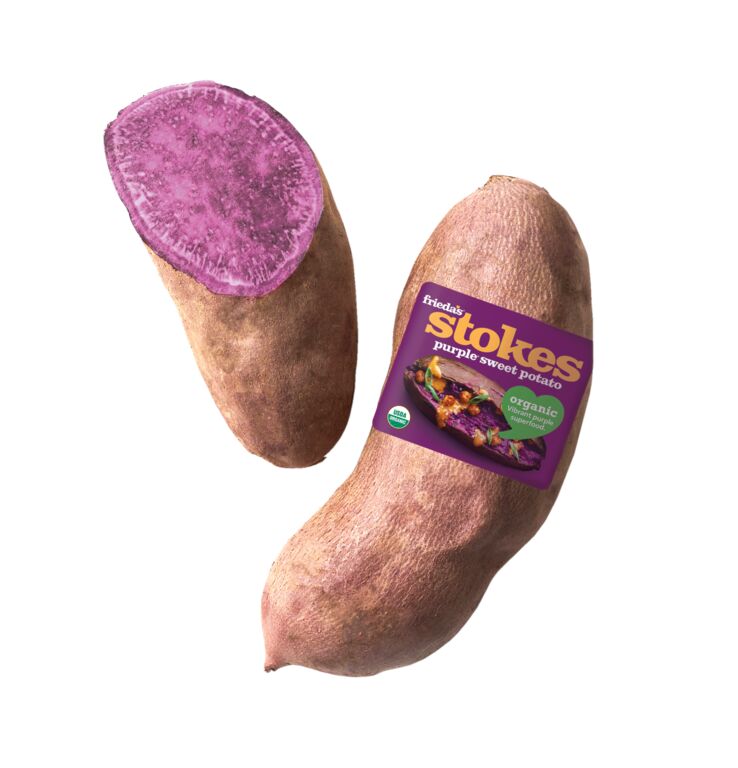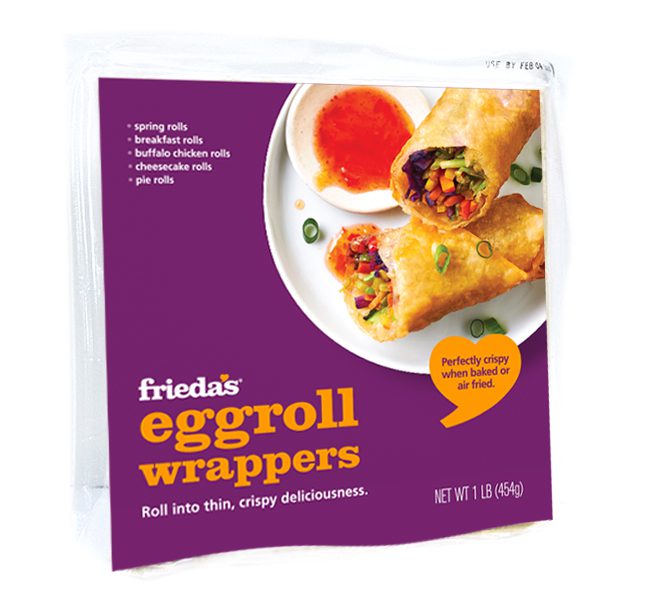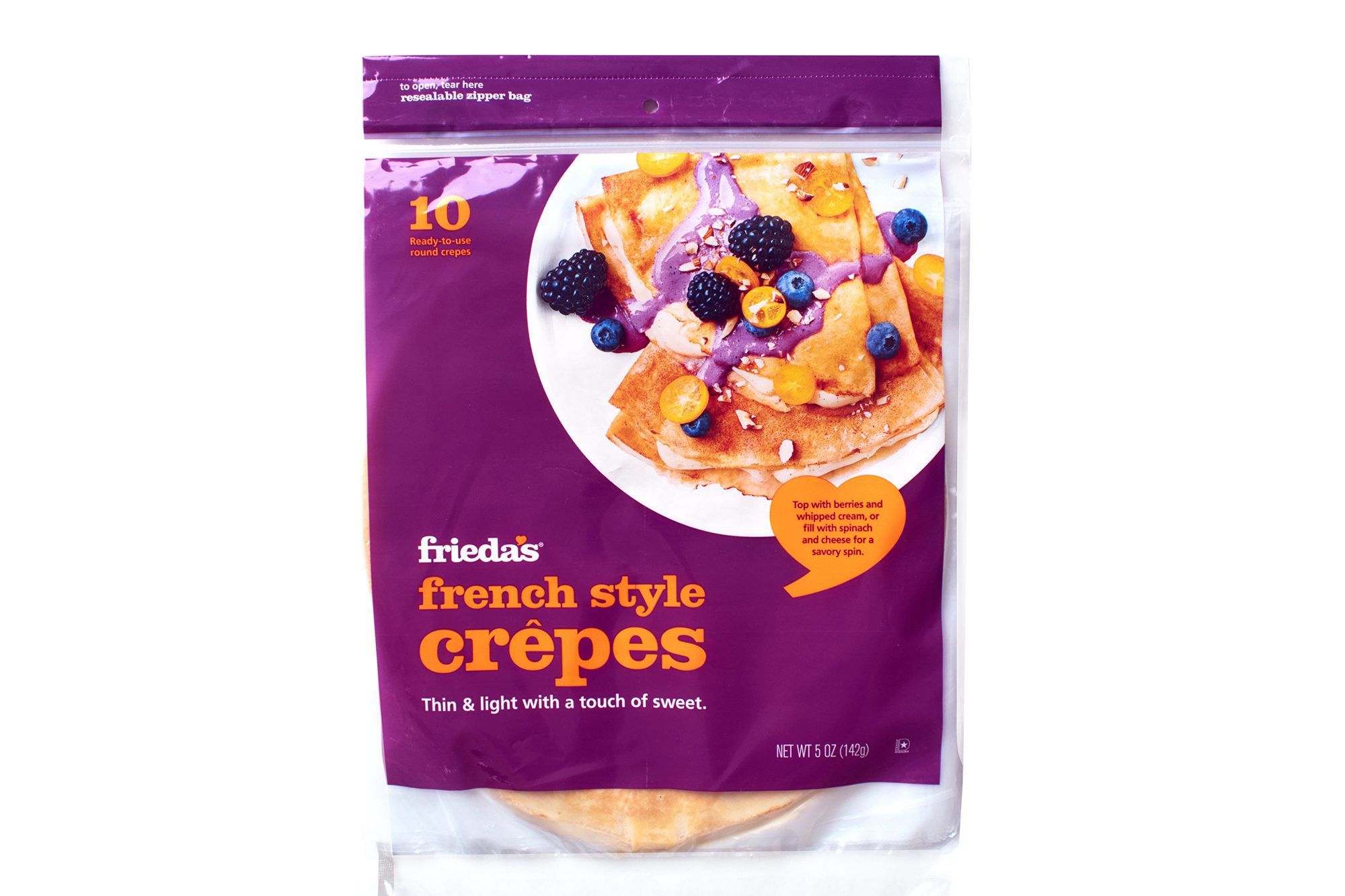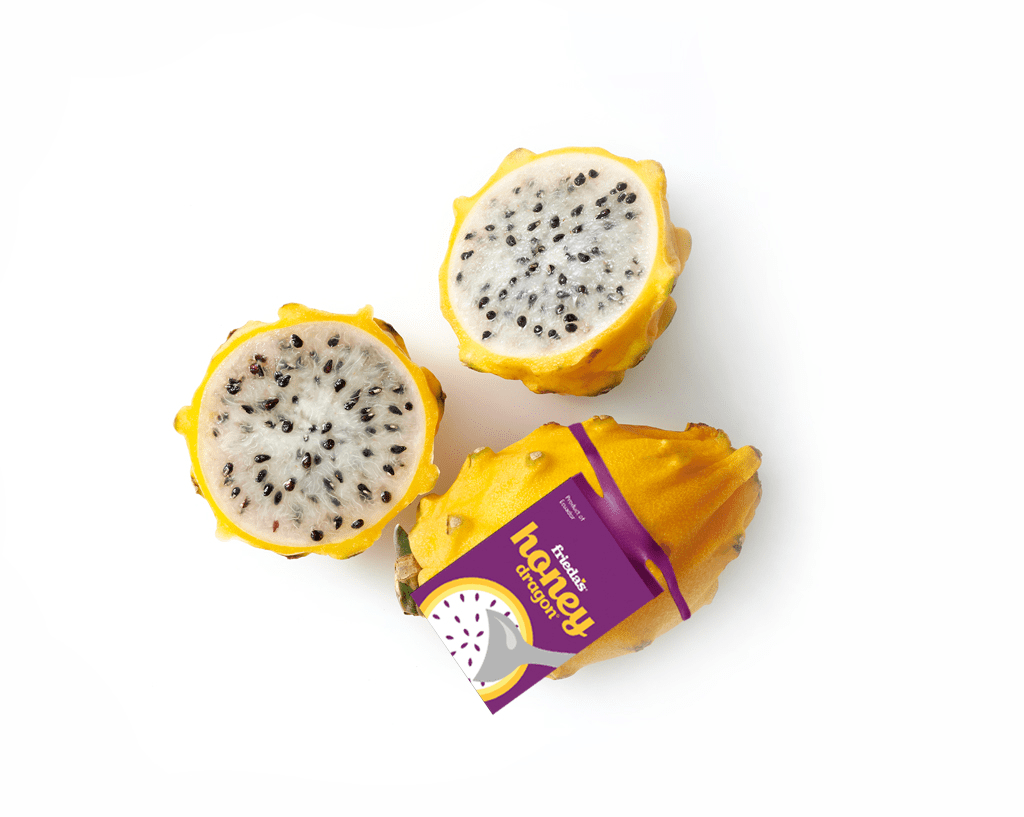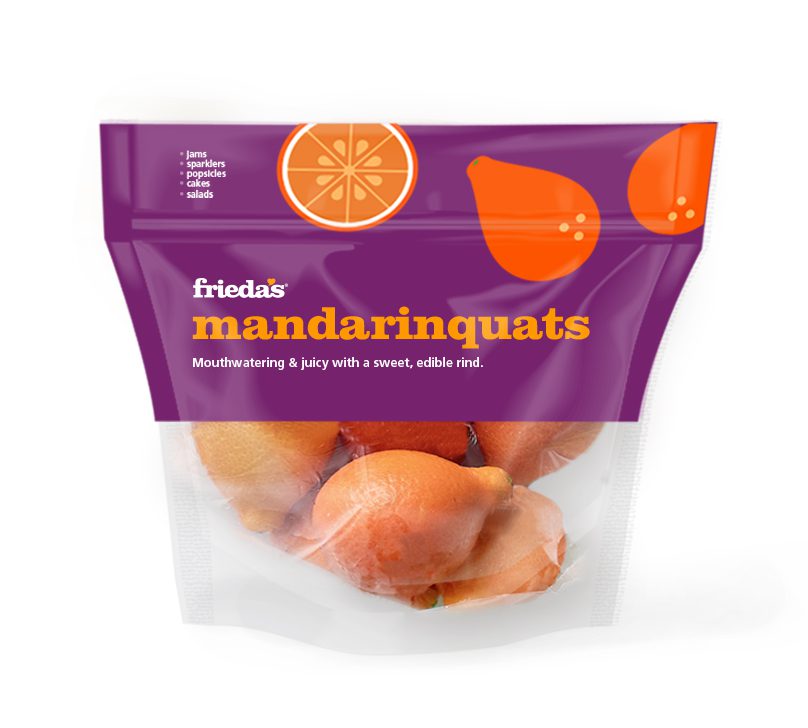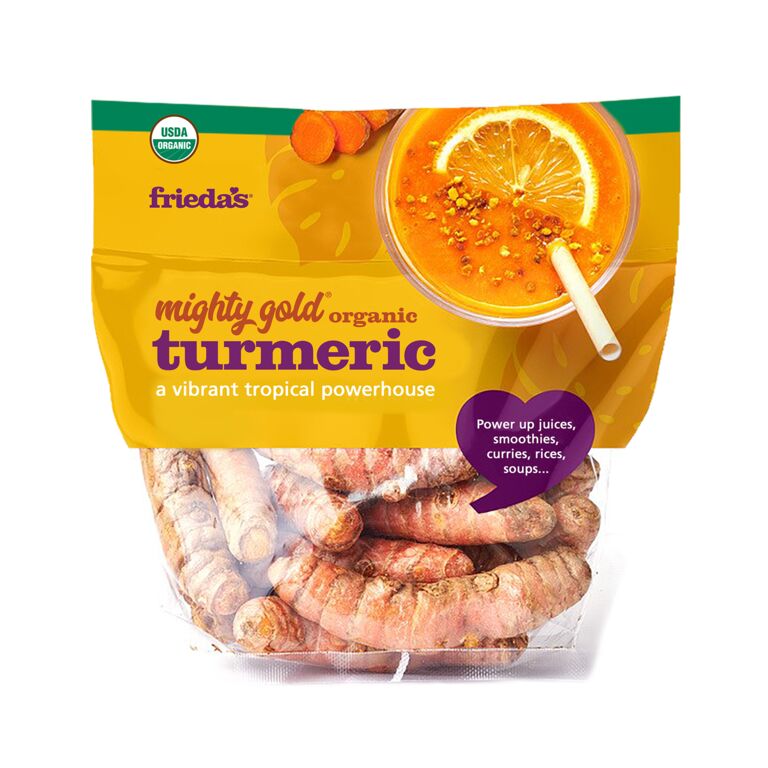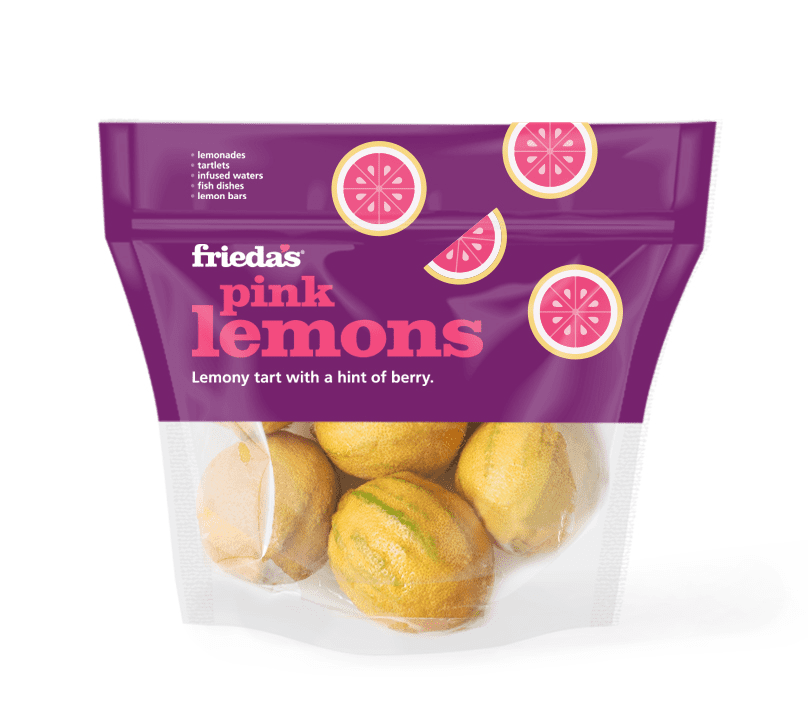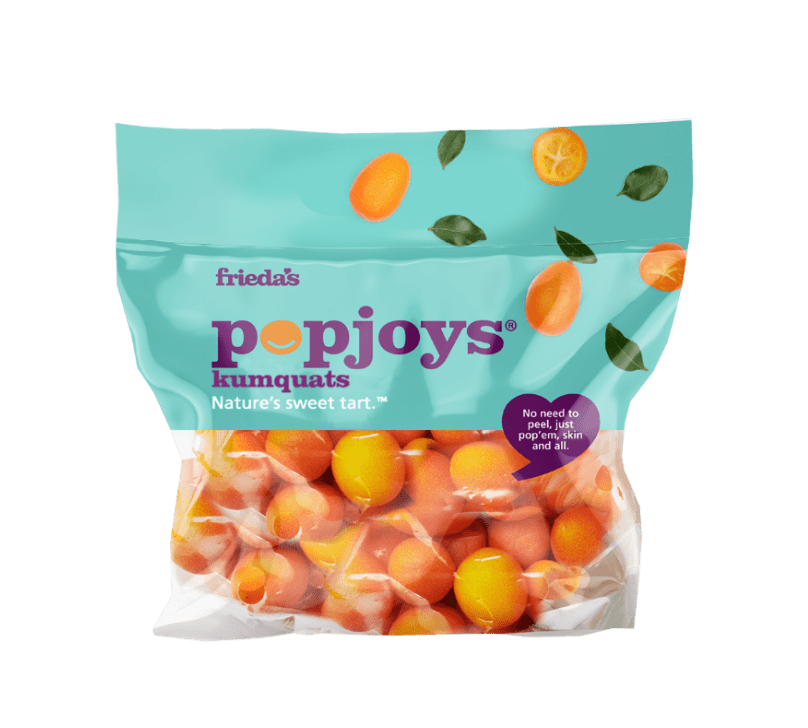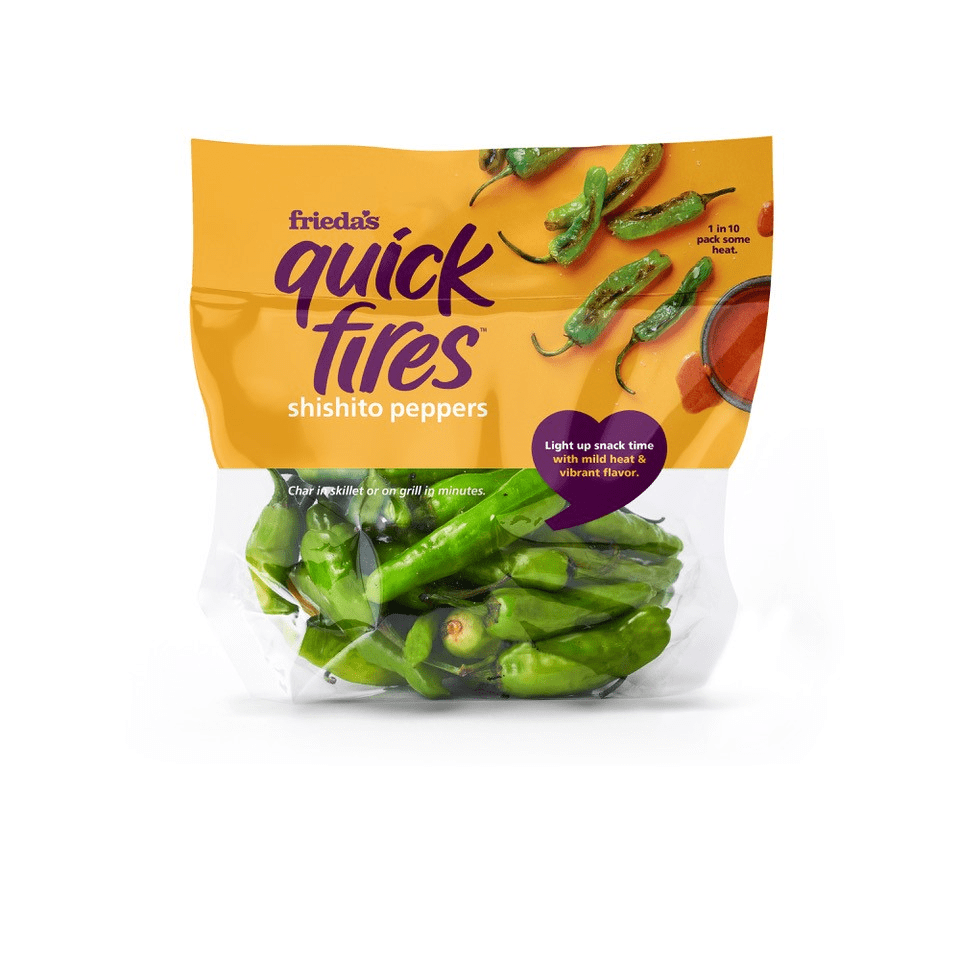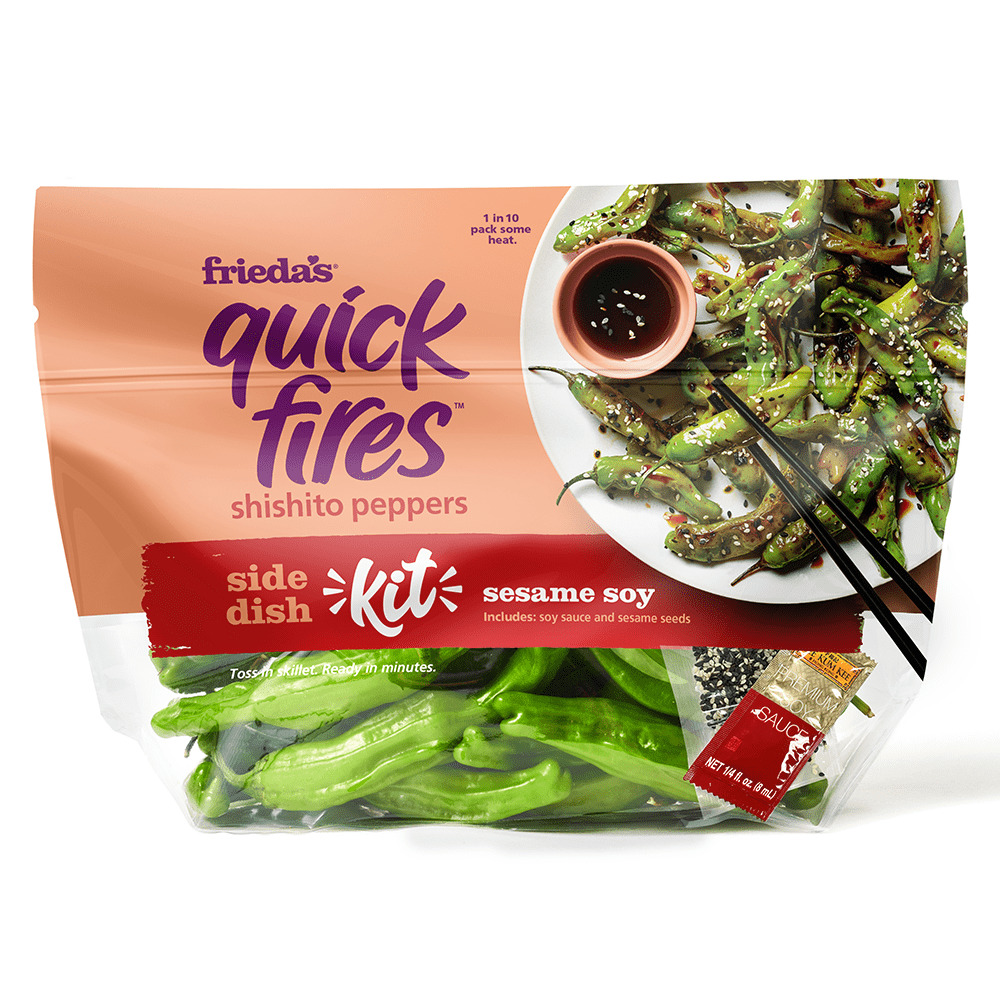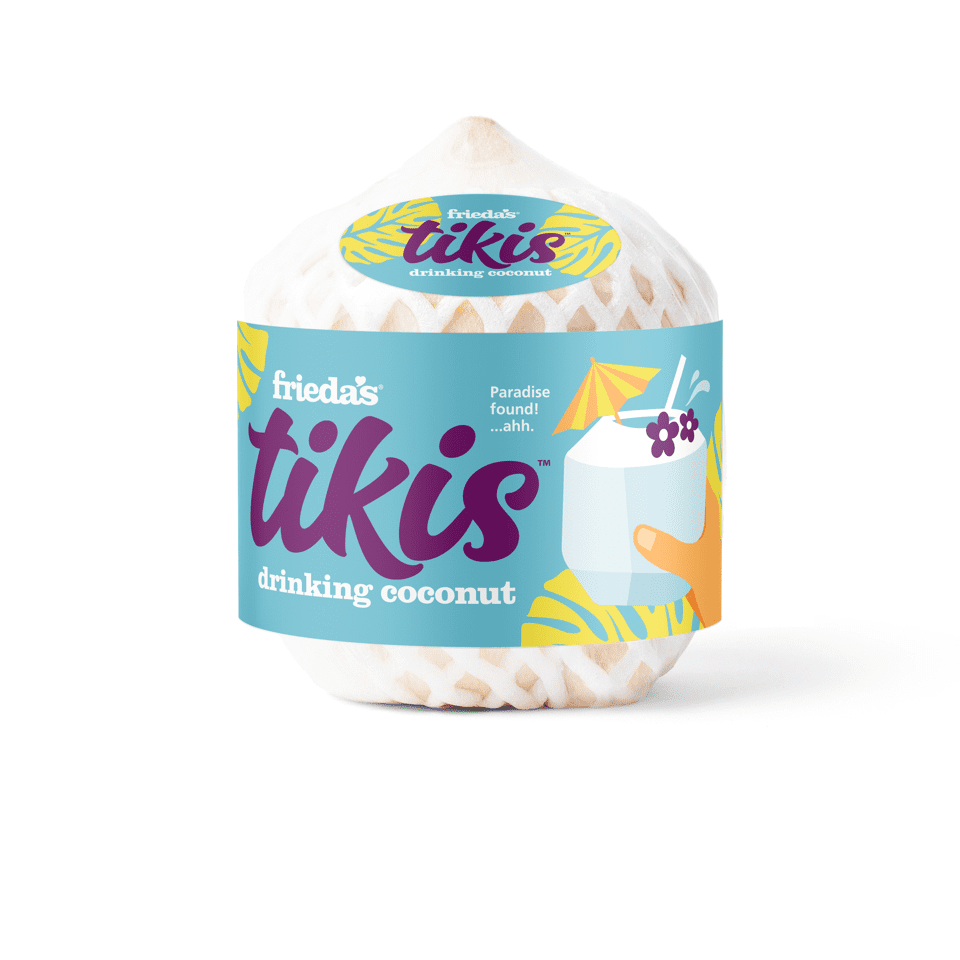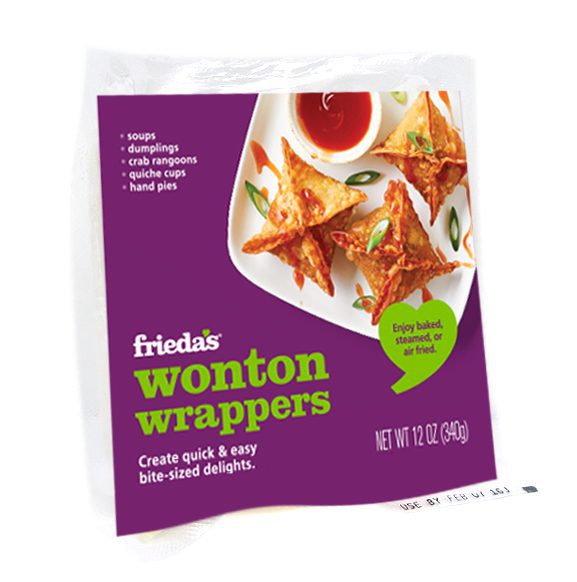Ever wonder why some coconuts are white, some are brown, and some don’t look like the tropical coconut emoji at all? Welcome to the ultimate coconut guide. Let us be your tropical tour guide through the wonderful, delicious journey of coconuts.
While the origin of coconuts is debatable, they are thought to have originally come from the beautiful tropical islands along Southeast Asia and the Indian Ocean. They are one of the most important crops of the tropics. Coconuts have been grown in temperate regions for thousands of years, thriving in sandy soil, and they have recently become quite popular for their flavor, culinary uses and potential health benefits—specifically coconut water. Frieda’s young coconuts are harvested in Thailand, while brown coconuts are harvested in Mexico. The fruit is also grown in the Dominican Republic, Nicaragua, Vietnam and the USA.
Ever think a coconut looks like a little face staring back at you? Well Portuguese explorers thought the same thing! Those three little characteristic eyes looked like a goblin or grinning face, so it is believed that they named it “coco”—the word for goblin. Later the English added the word “nut,” creating the name we know today as coconut.
Interestingly, young coconuts, white coconuts and brown coconuts all come from the same coconut palm, they just differ by stage of maturity! All coconuts contain a husk, which is kind of like the rind of the fruit and under which you can find the delicious meat. The inside features a sweet, drinkable liquid called coconut water (not to be confused with coconut milk). Coconuts are almost the opposite of most table fruits, where the pit is on the inside and the flesh is on the outside. With coconuts, it’s reversed. Now that’s (coco) nuts! Let’s take a closer look to understand what makes them different.
Young coconut
Find your paradise with our favorite coconut! These fruits are harvested young and their green outer skin is pared away to reveal a white cylindrical husk with a pointy, pencil-like tip. Inside the white husk is the familiar round coconut with its hard, fibrous shell—or the nut. They might be a tough cookie to crack, but once you do, you’ll experience the sweet and refreshing water inside. At this stage of maturity, the coconut is mostly water. In fact, young coconuts have the largest amount of water compared to white or brown coconuts, containing up to 10 ounces! Not only is the water a great natural substitute for soft drinks, sugary juices, or sports drink, it is also loaded with electrolytes! Even though young coconuts are mostly filled with water, don’t forget about the yummy meat, which is thin, super soft and silky, almost jelly-like. You can scoop it out with a spoon. These coconuts are best for drinking and are a great source of hydration that can also be used in smoothies, slushies and other tropical drinks.
When shopping for young coconuts, choose heavy coconuts with no cracks, mold or soft wet spots. If you give the young coconut a shake, it shouldn’t slosh much—if any—because you want it to be full of liquid with no air inside.
Not quite sure how to open a coconut? Check out how to open a Frieda’s young coconut here.
White coconut
The white coconut is a pale cream color with hairy white fibers. As the coconut matures, the meat becomes firmer and the amount of water decreases. But that is not to say that this meat isn’t as delicious as that of a young coconut, and it’s considerably moister and fresher than the meat of the more mature brown coconut. White coconuts often have a floral fragrance. These coconuts are best for cooking, grating the meat into salads or baked goods, or using in curries. Yum!
Brown coconut
This is the type of fruit most people think of when they think of coconuts. Just check out the coconut emoji on your phone! As the most mature coconut, these are typically 10-12 months old. The outer shell has a coarse brown hair-like texture and the meat here is so hard you need a sharp knife to chop it. It also has the smallest amount of water because, as the coconut ages, the water is absorbed as the meat thickens. These coconuts are great for making your own coconut milk or as a substitute for packaged shredded coconut when grated.
Benefits and Uses of Coconuts
Coconuts have a host of health benefits, including being a great source of manganese, which is essential for bone health and for the metabolism of carbohydrates, proteins, and cholesterol. Coconuts are also a good source of fiber, which can promote gut health, and they’re a great source of medium-chain triglycerides (MCTs), a type of fatty acid that can help with weight loss (which is why coconuts are super friendly and on-trend with popular high-fat, low-carb diets like keto and paleo). Check out more coconut health benefits here.
Coconuts are truly unique in that they are often associated with indulgent, tropical escapes. As such, they can help turn a regular afternoon in the backyard into a Polynesian getaway! The coconut shell makes an excellent vessel for a drink or slushy. You can also take the meat and make delicious Blood Orange Coconut Yogurt or a Young Coconut Sugar Cream Pie, or use the water for Coconut Yogurt Chia Pudding.
So, as we here at Frieda’s like to say, just add a straw and an umbrella and you too can go “coco” for coconuts!
To check out more of our Ultimate Guides, click here, here and here.

